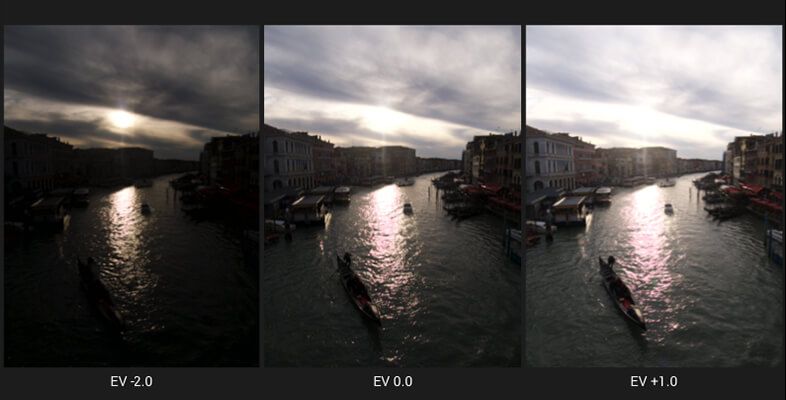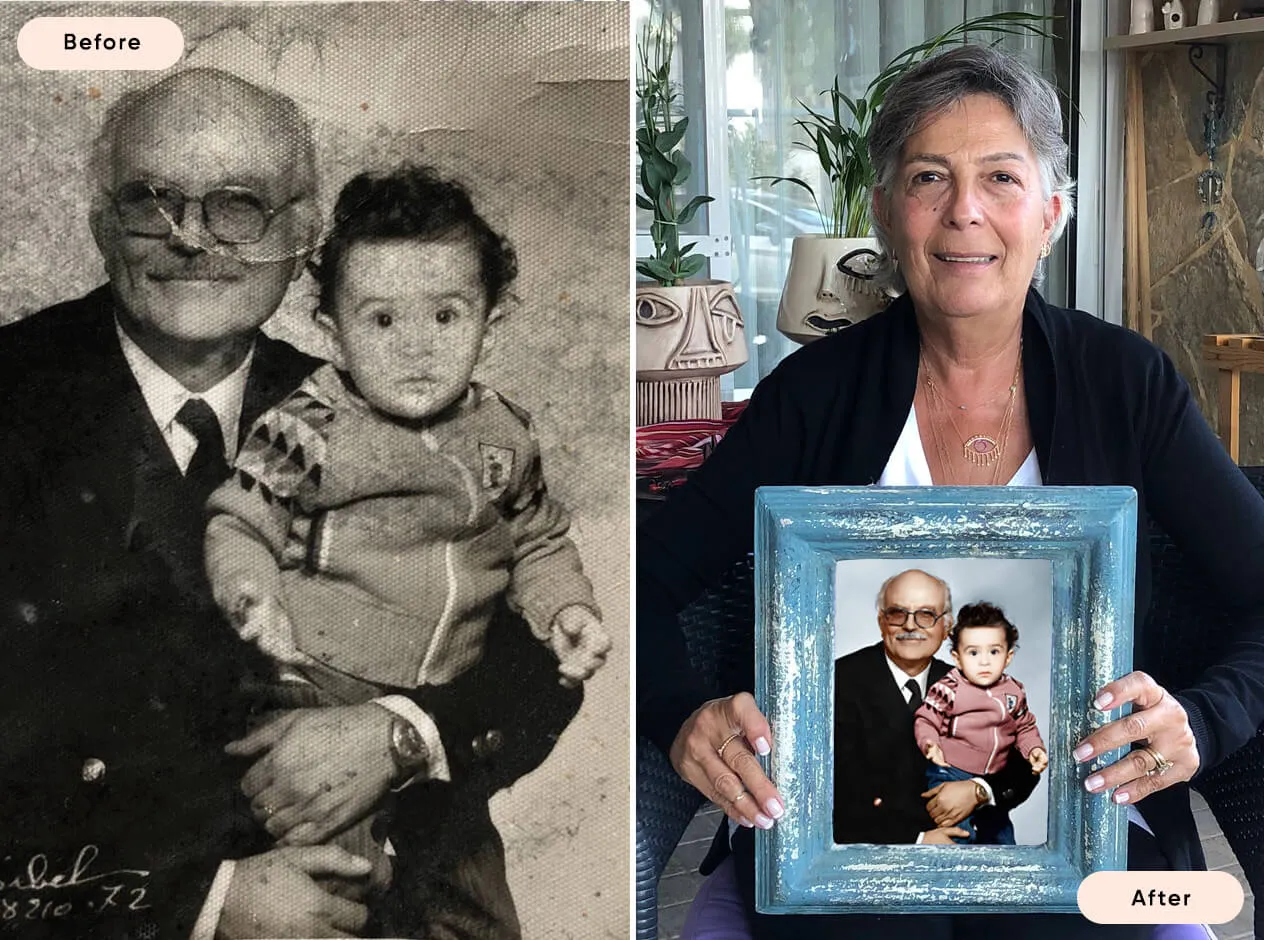What Is Bracketing In Photography? Why Use Bracketing To Get Great Shots?
Bracketing is a valuable technique in photography that allows photographers to capture a range of exposures, ensuring the best possible shot. This method is especially useful in challenging lighting conditions where getting the perfect exposure in a single shot can be difficult. In this article, we'll explore what bracketing is, how it works, and why using bracketing can help you achieve great shots.
What Is Bracketing In Photography?
Bracketing involves taking multiple shots of the same scene at different exposure settings. Typically, this means capturing one image at the camera's suggested exposure, one or more images underexposed, and one or more images overexposed. These variations help ensure that at least one of the shots will have the optimal exposure, capturing details in both the highlights and shadows.
Types of Bracketing:
Exposure Bracketing: The most common type, where the camera adjusts the shutter speed, aperture, or ISO to create different exposures.
Focus Bracketing: Involves taking multiple shots at different focus distances, useful for macro photography.
White Balance Bracketing: Captures images with different white balance settings to ensure the correct color temperature.
How It Works:
Manual Bracketing: Adjust the exposure settings manually between shots.
Automatic Exposure Bracketing (AEB): Most modern cameras have an AEB function that automatically takes multiple shots with varying exposures in quick succession.

Why Use Bracketing To Get Great Shots?
1. Ensuring Proper Exposure: Bracketing allows photographers to cover a range of exposures, ensuring that at least one image will have the perfect exposure. This is particularly useful in high-contrast scenes where the dynamic range is too wide for a single exposure to capture all the details.
2. Creating HDR Images: High Dynamic Range (HDR) photography involves combining multiple exposures into a single image. Bracketing provides the necessary images with different exposures that can be merged in post-processing to create an HDR image. This technique captures a broader range of light, resulting in detailed images with balanced highlights and shadows.
3. Avoiding Blown Highlights and Lost Shadows: Bracketing helps prevent blown highlights and lost shadows by capturing multiple exposures. If one shot has blown highlights or lost shadows, the bracketed set will likely include an image where these details are preserved, allowing for a more balanced final image.
4. Enhancing Detail in Challenging Lighting: Scenes with challenging lighting, such as sunsets, bright skies, or dimly lit interiors, benefit significantly from bracketing. By capturing multiple exposures, you can ensure that all parts of the scene are well-exposed, bringing out details that might otherwise be lost.
5. Reducing Post-Processing Work: While post-processing is essential for fine-tuning images, starting with well-exposed shots reduces the need for extensive corrections. Bracketing ensures that you have the best possible images to work with, making the editing process more straightforward and efficient.
6. Flexibility in Post-Processing: Having multiple exposures of the same scene provides more flexibility during editing. You can choose the best-exposed image or blend exposures to create the perfect final shot. This flexibility is particularly useful in professional photography where precise control over the final image is crucial.

Conclusion
Bracketing is a powerful technique that helps photographers capture the best possible shots, especially in challenging lighting conditions. By taking multiple exposures, you ensure that you have a range of options to choose from, reducing the risk of poorly exposed images. Whether you're aiming to create HDR images, enhance detail, or simply ensure proper exposure, bracketing is an invaluable tool that can elevate the quality of your photography. Incorporate bracketing into your shooting routine to achieve consistently great results and expand your creative possibilities.

Or Get YourMoney Back
back your money in the rare case you are not satisfied with the quality of your
damage-free pictures. Only $38 for most image restorations regardless of damage

All rights reserved.